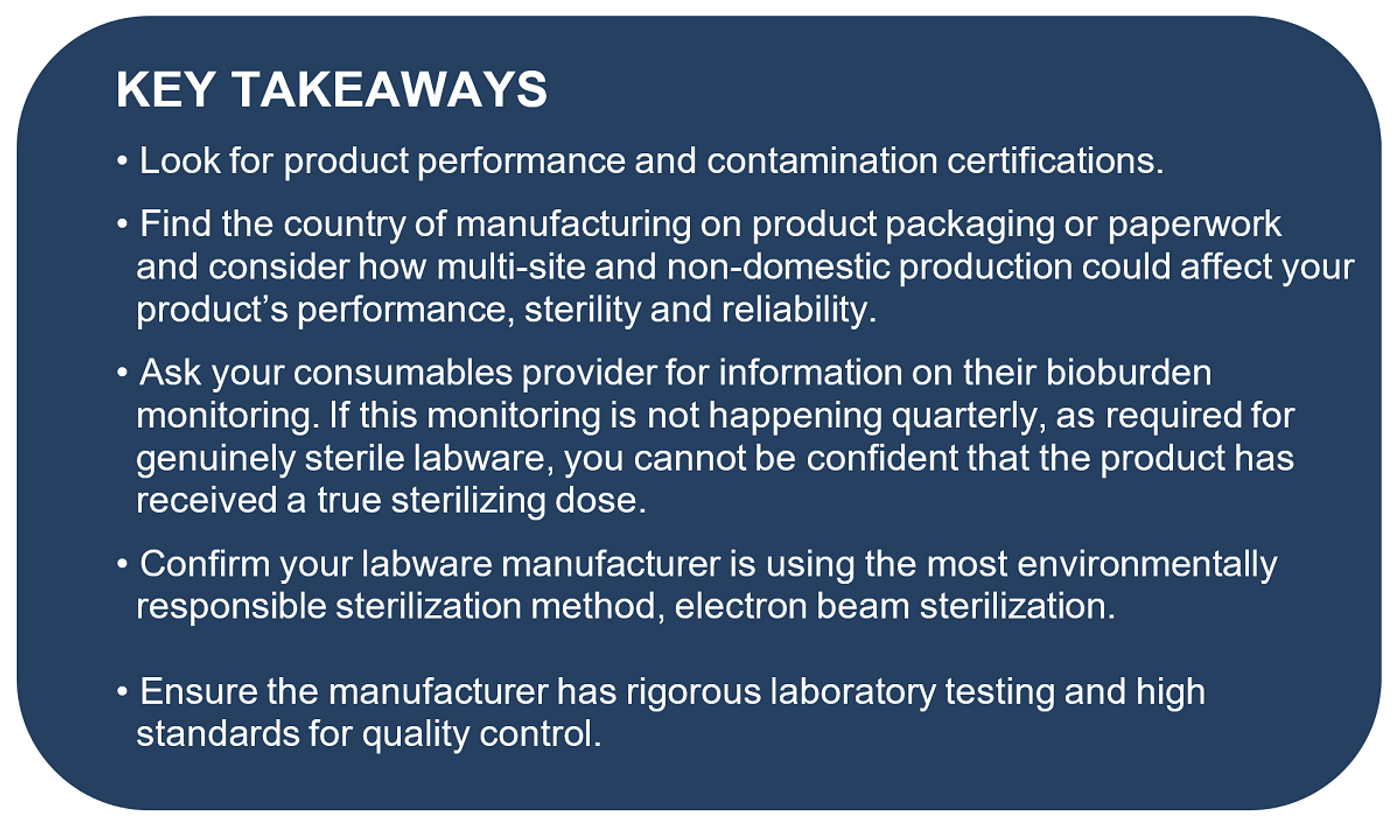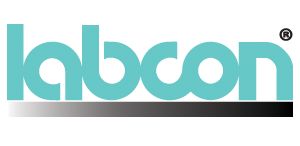How To Ensure You Are Using High Quality Laboratory Consumables That Produce Consistent Results
There are many important considerations when choosing your laboratory consumables. How do you know that the plastic labware you choose will consistently work for your research? Here are 5 essential things to look for:
1. Product Performance Certification
Quality that has been certified is a critical attribute for laboratory consumables. While plastic labware may look simple, the precise geometric requirements that make pipette tips accurate and centrifuge tubes able to withstand breakage must fall within very narrow parameters to prevent product (and experiment) failures. To ensure control over every aspect of product quality, biotech company Labcon designs, manufactures, tests, packages, sterilizes and stores all offered products at their facility in Petaluma, CA. Labcon offers pipette tips, filter tips, centrifuge tubes, deep well plates and other essential labware. Each product comes with certified measurements, guaranteed lab performance, and contamination testing.
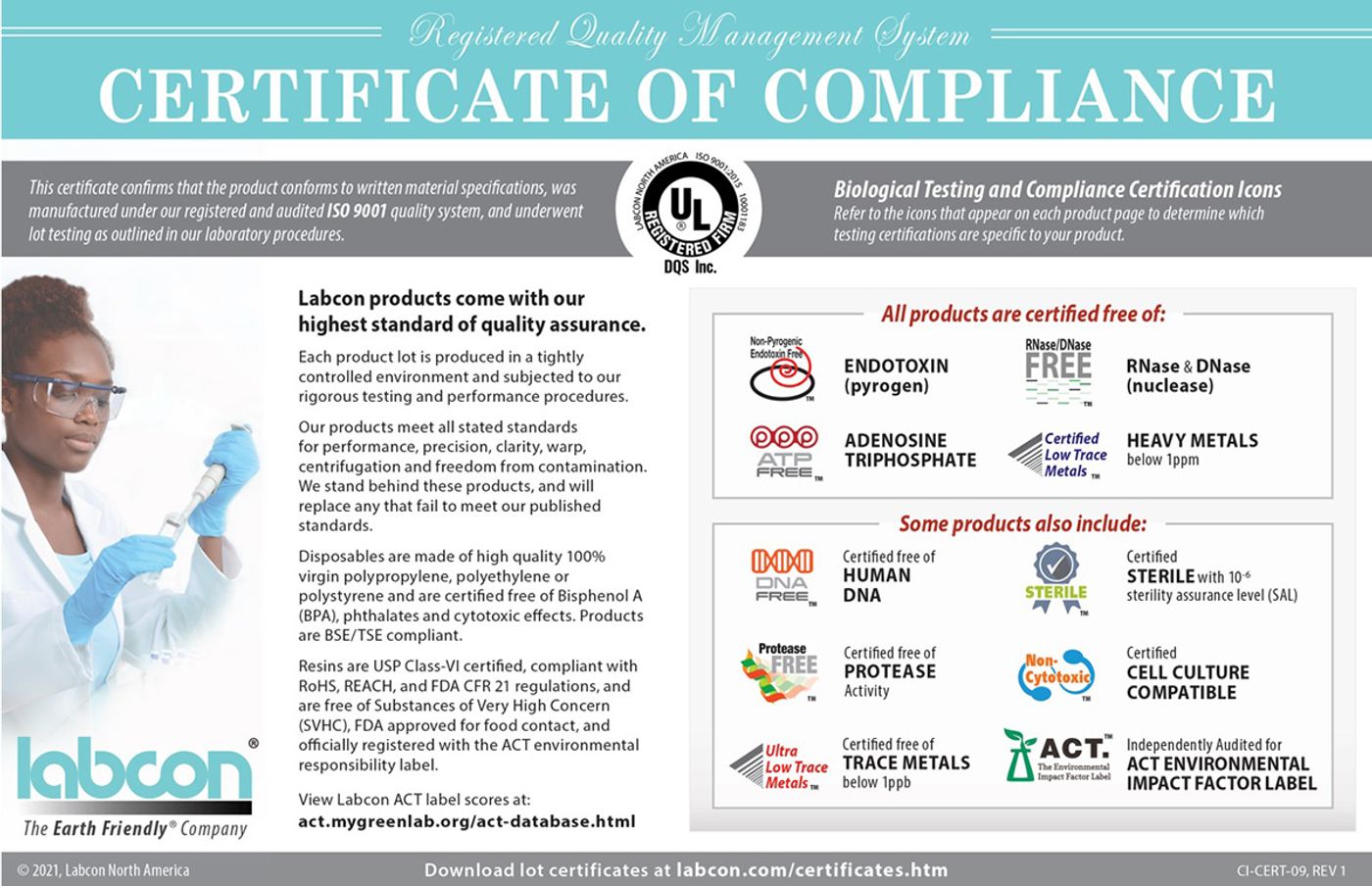
Information about the product’s country of manufacturing can be found on product packaging and associated paperwork. Domestic manufacturing, packaging and sterilization in the United States must adhere to strict oversight rules that govern resin quality, contamination testing, product consistency, sterility validation and storage. It is important to consider how multi-site or overseas production could affect your product’s performance and reliability, and ultimately your experiments. Labcon’s use of a single site domestic facility ensures supply resilience that doesn’t depending on overseas manufacturing. Check the country of origin for the lab products you use to ensure consistency and quality.
3. Validation of the Sterilization Process
Knowing that your laboratory consumables are sterilized with a validated process is critical to ensuring the product you receive is free from contamination without being damaged during the sterilization process. To ensure your products reach the required Sterility Assurance Level (SAL) of 10-6, you should ask your consumables provider for information on their bioburden monitoring. If this monitoring is not happening quarterly, as required for genuinely sterile labware, you cannot be confident that the product has received a true sterilizing dose during sterilization. Importantly, the FDA states items must come from a documented sterile validation process to be labeled as STERILE. Labcon provides guaranteed sterility using electron beam sterilization and quarterly audits of their sterilization benchmarks with continuous monitoring of bioburden. Electron beam sterilization also delivers a sterilizing dose far faster than gamma radiation technologies. This rapid dosing produces less oxidative damage to plastic products. The resulting sterile products are free of the damage and extreme color changes produced by other sterilization methods and can produce centrifuge tubes that spin faster. This is why Labcon’s SuperClear centrifuge tubes have an RCF rating higher than any other centrifuge tube available on the market. Tips free of the embrittlement induced by gamma sterilization also fit pipettes better and can deliver more accurate volumes. Additionally, the gentle sterilization afforded by the electron beam technique helps to ensure consistency between different cases of product, and low chemical extractables.

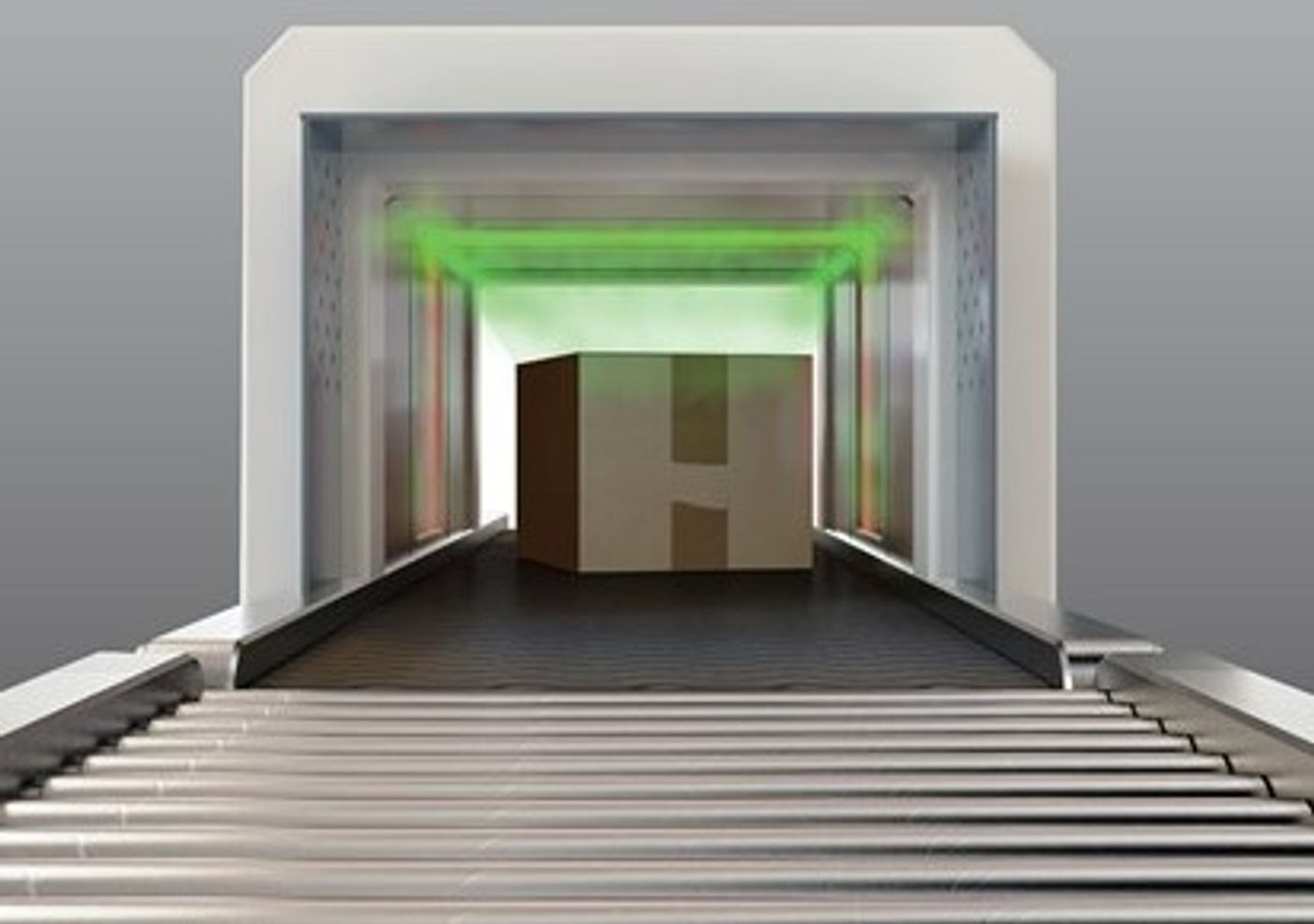
5. Laboratory Testing and Quality Control
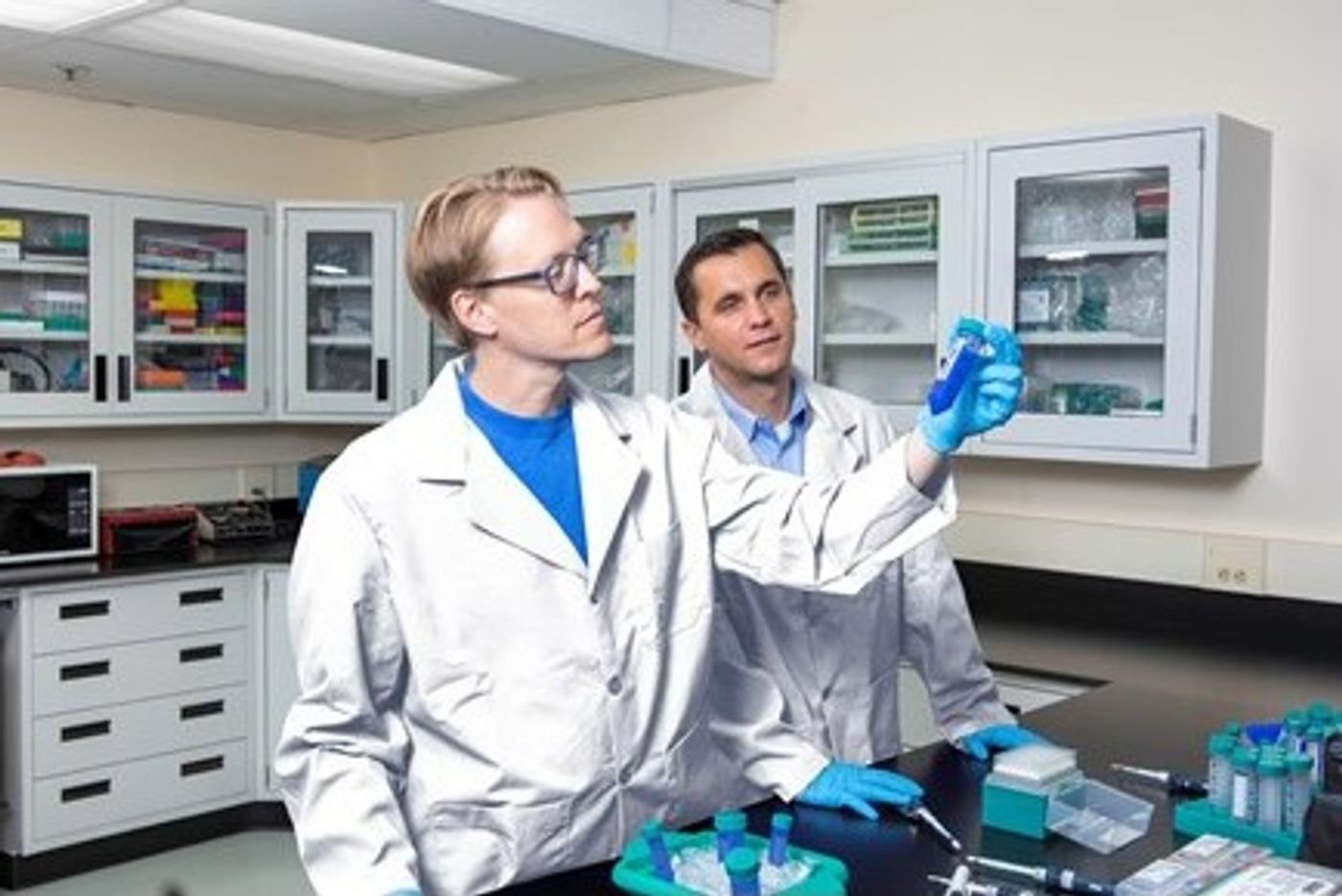
In Summation
By focusing on the quality, sterility and origin of your lab consumables, you can ensure that you have removed an important obstacle to producing consistency and reproducibility in challenging experiments and assays.
